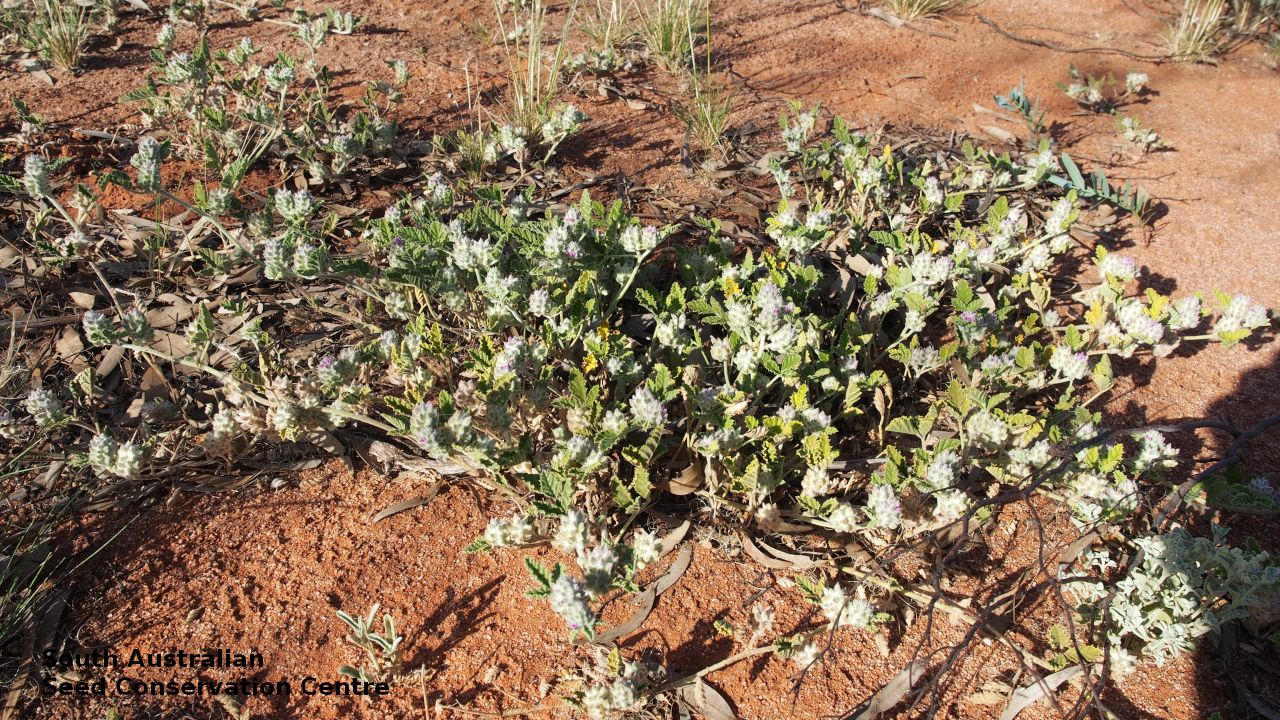
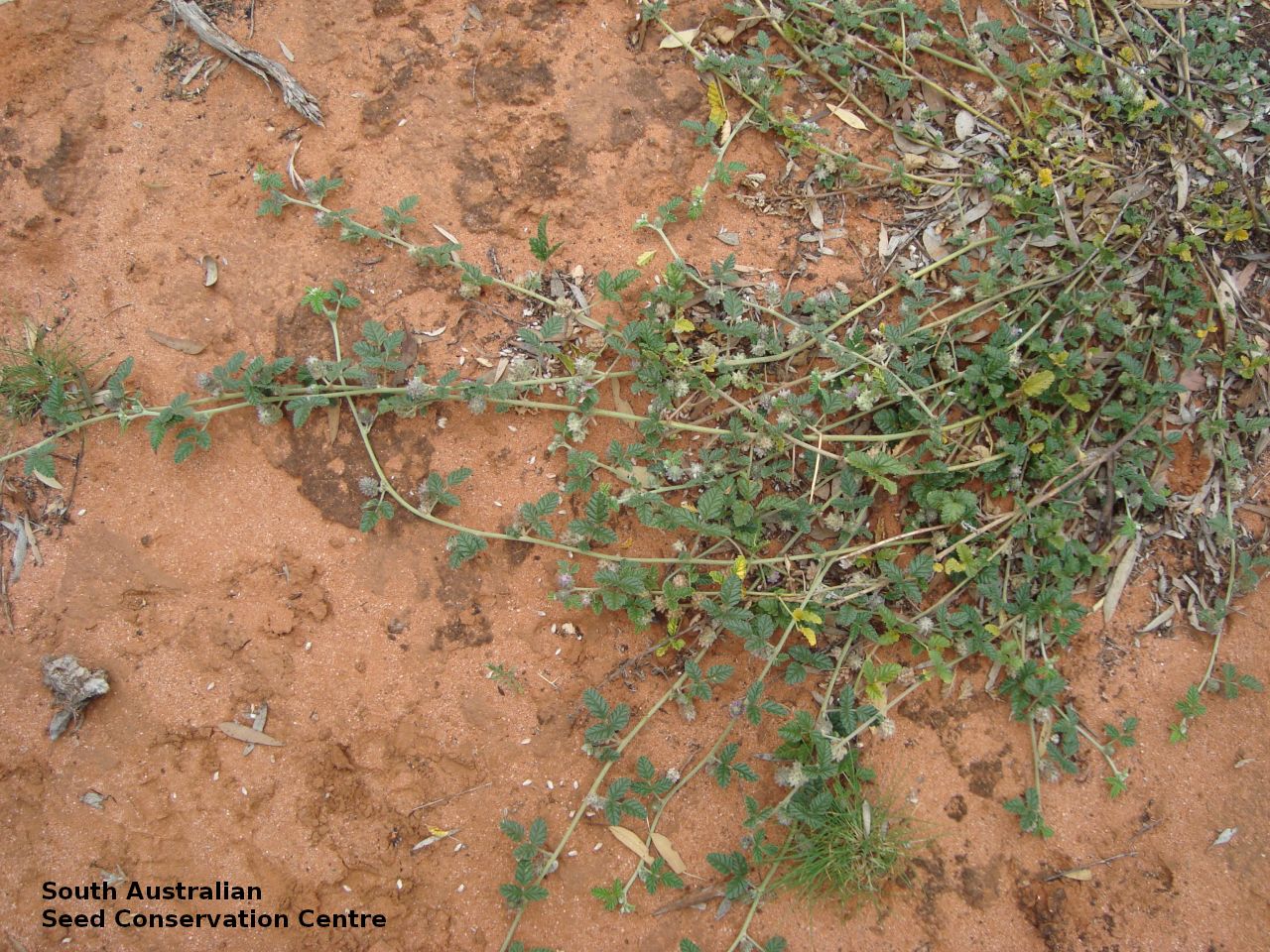
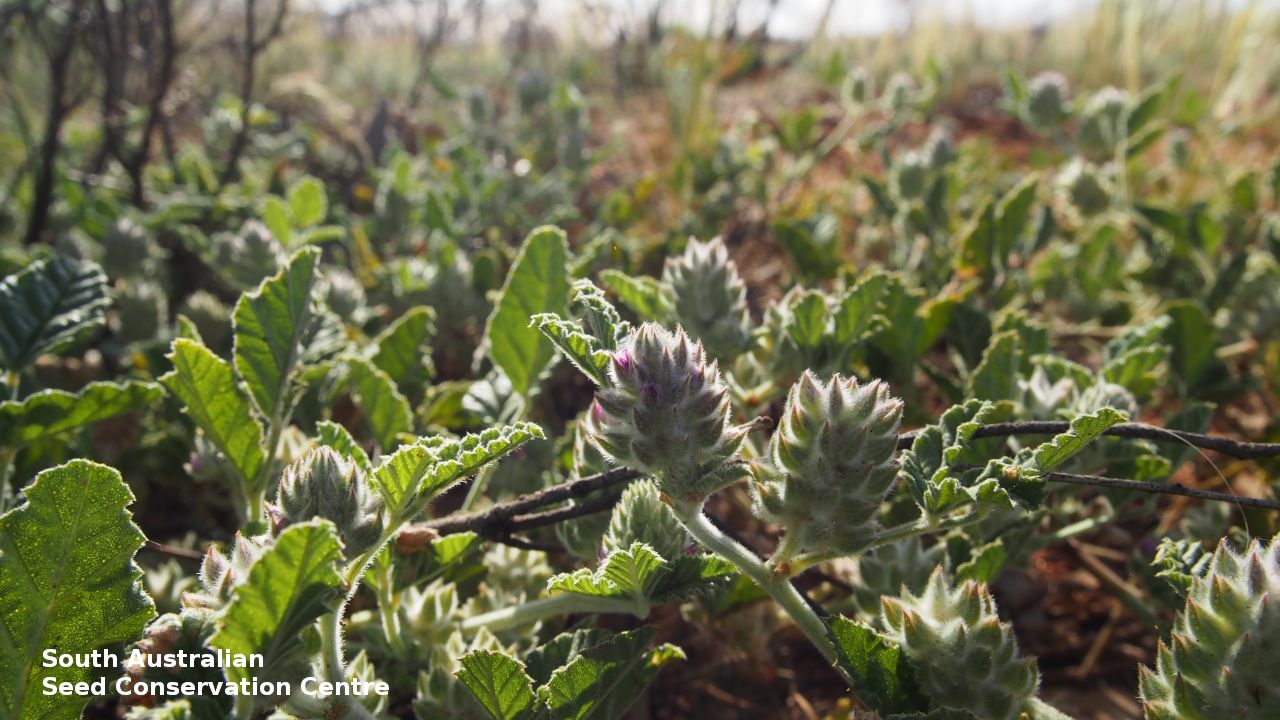
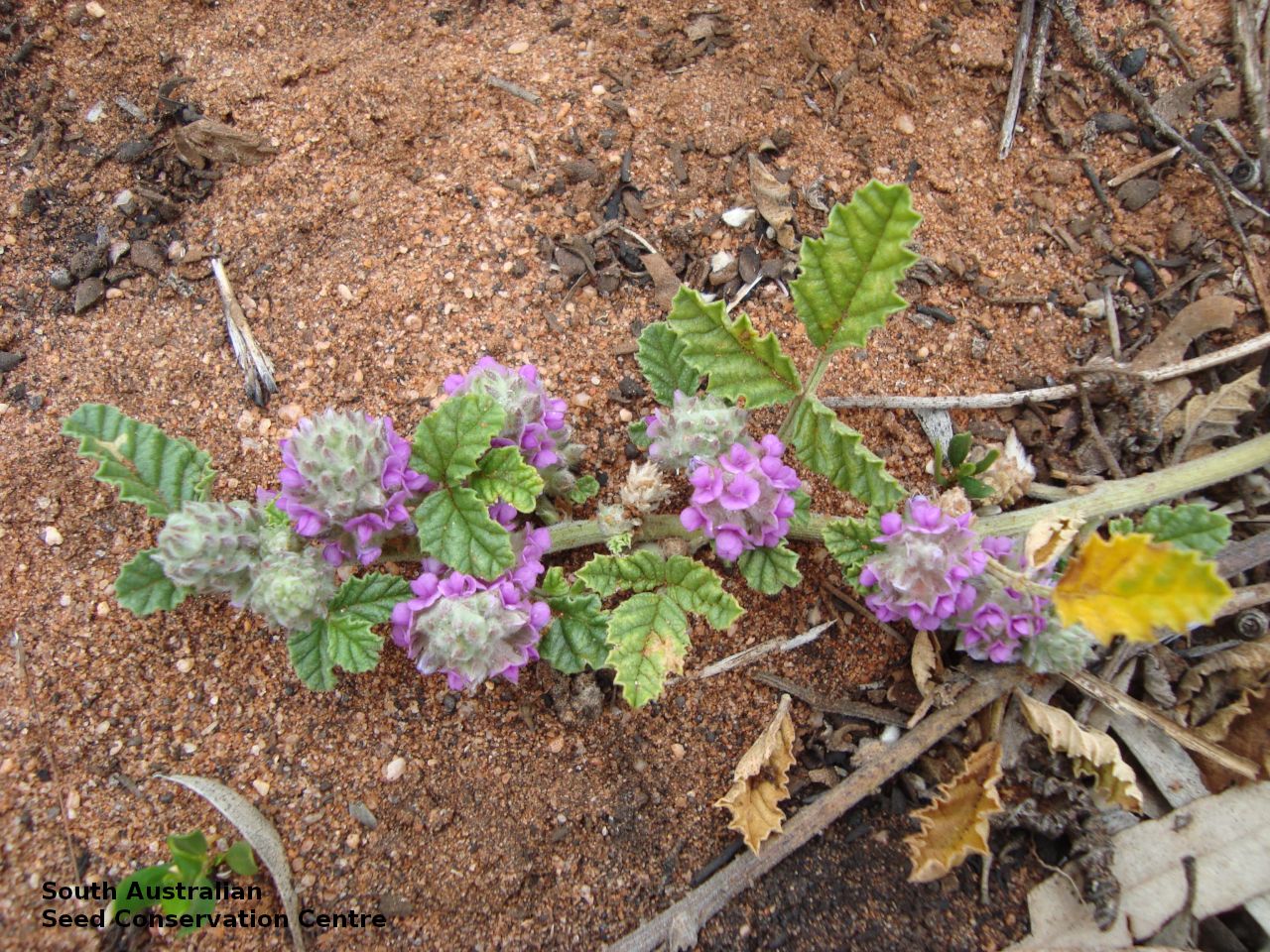
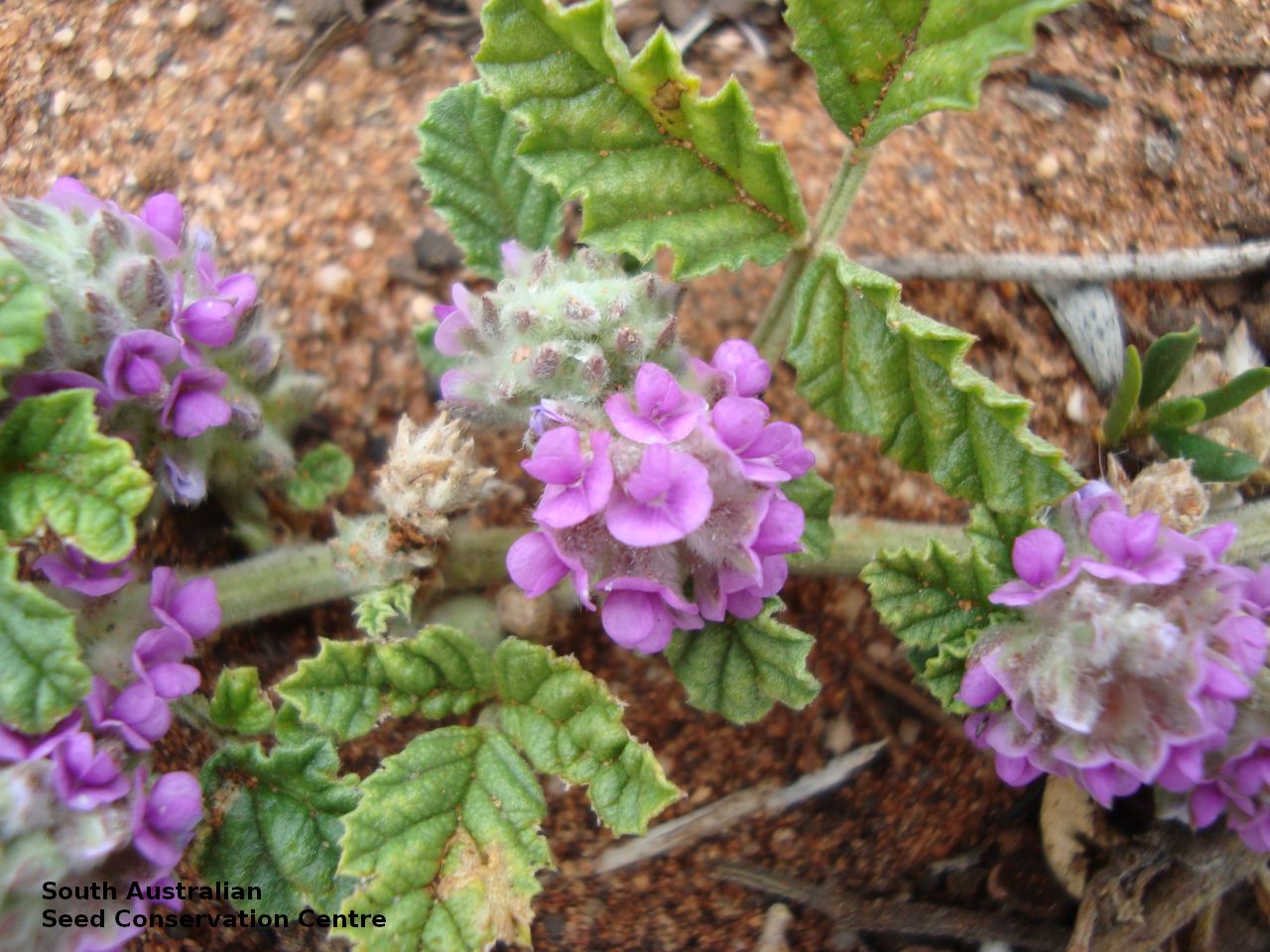
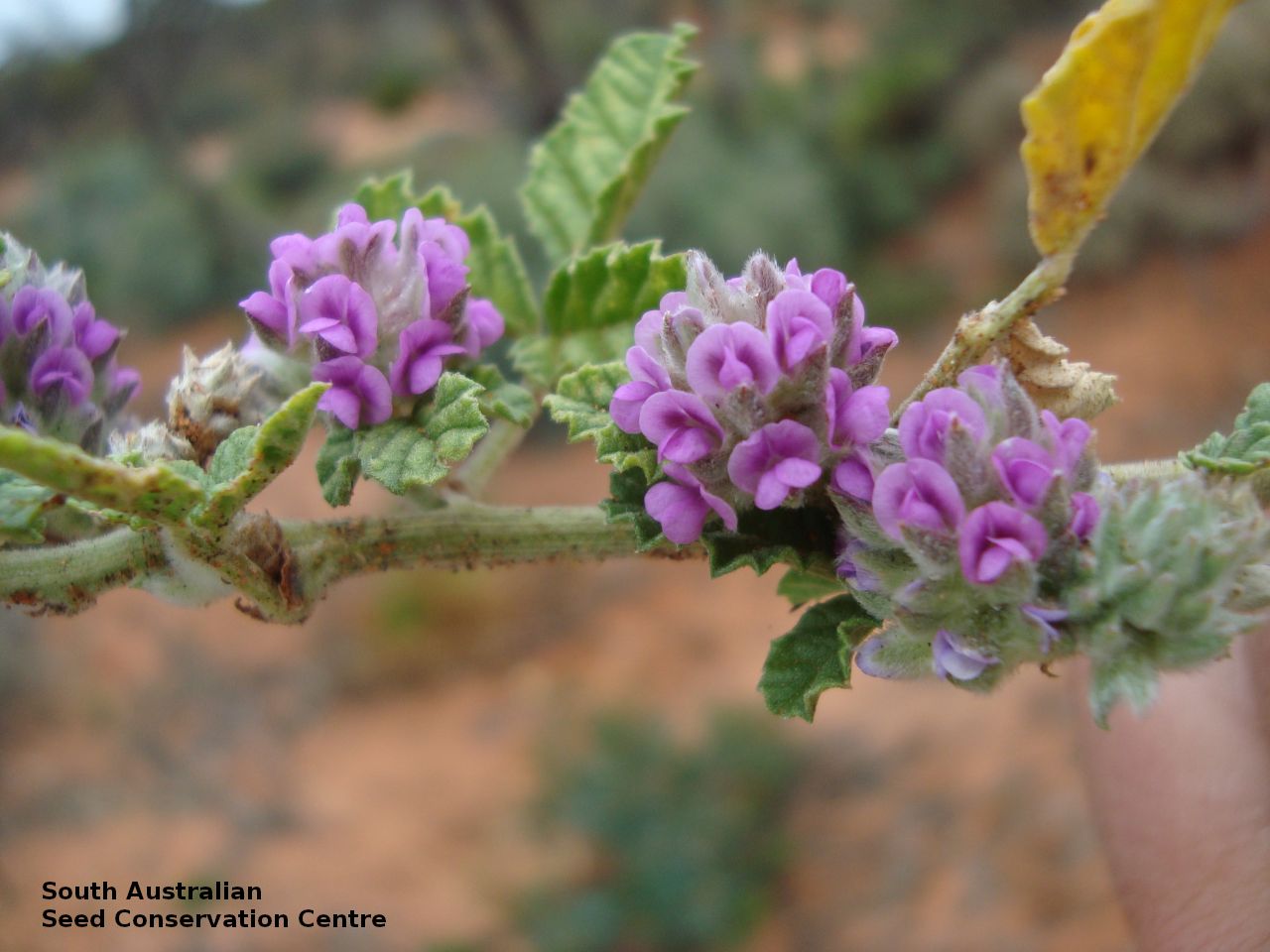
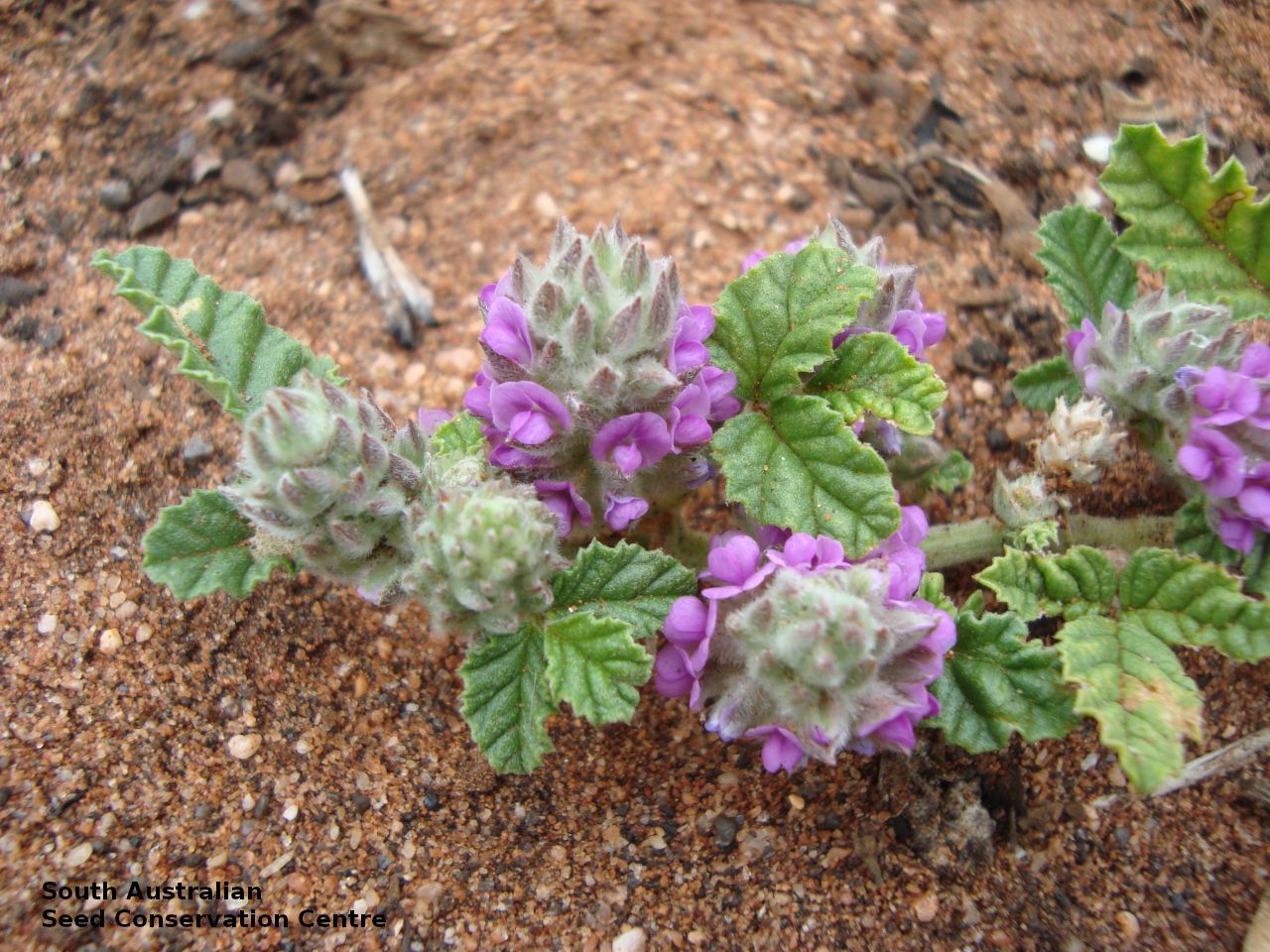
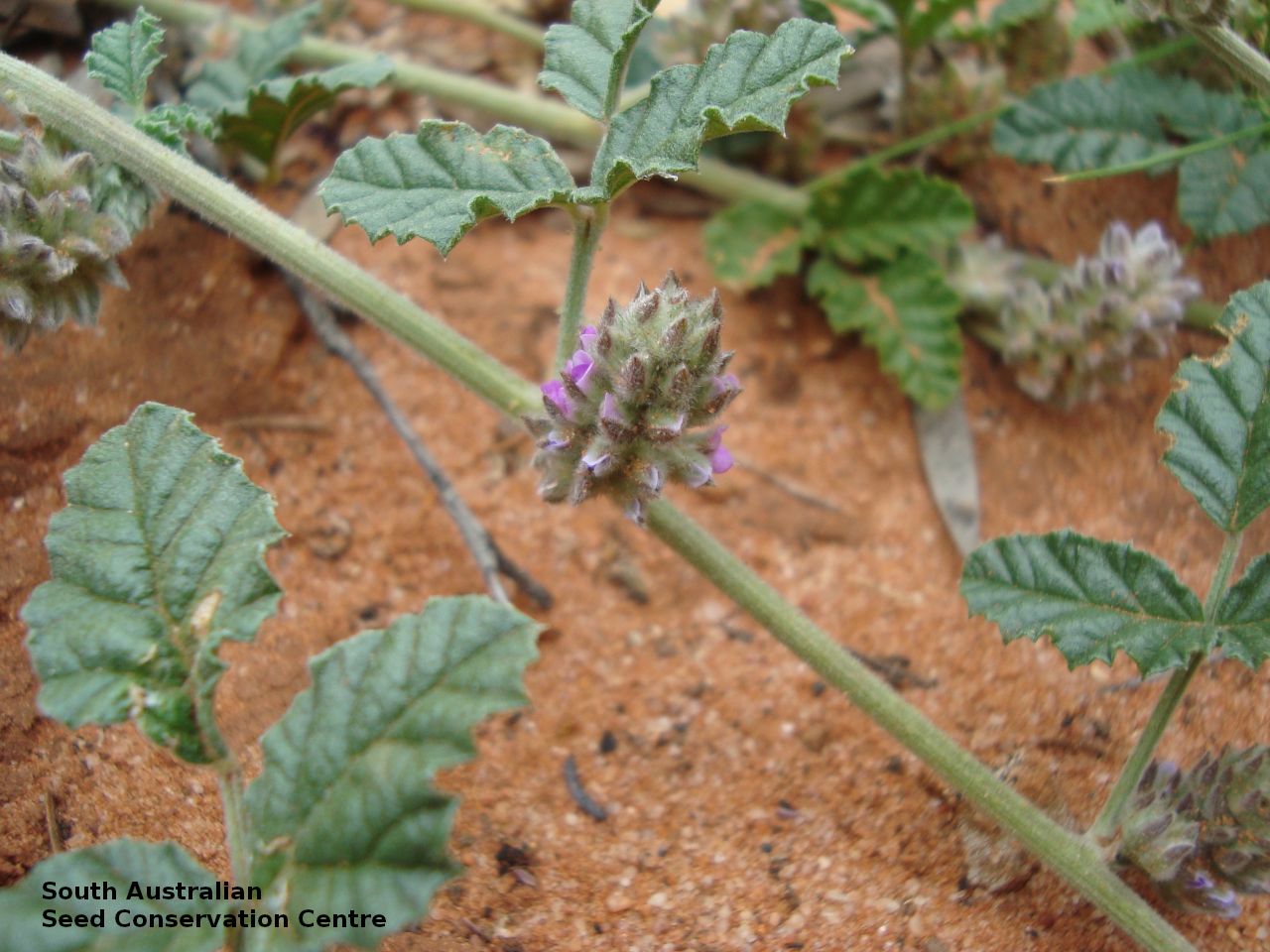
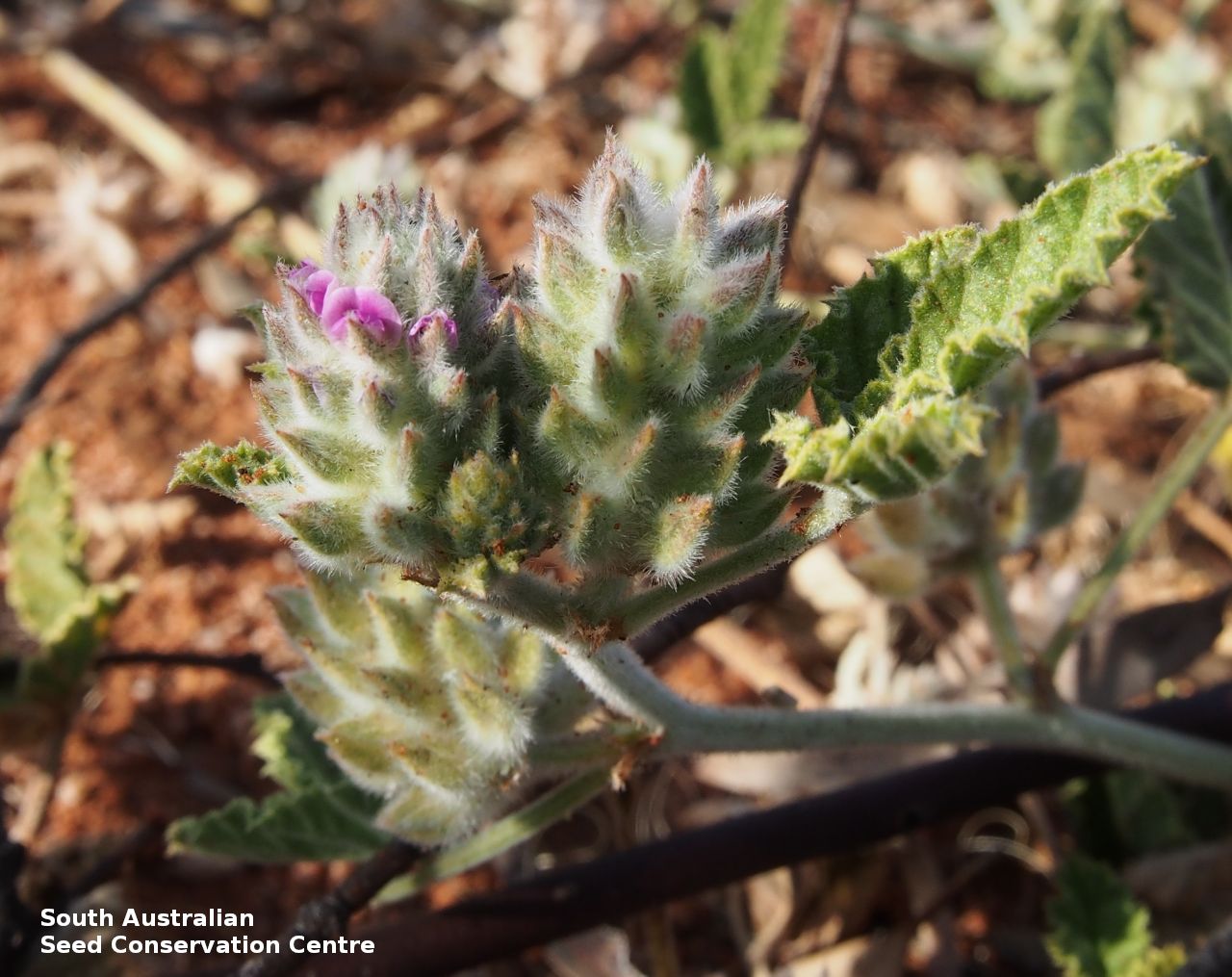
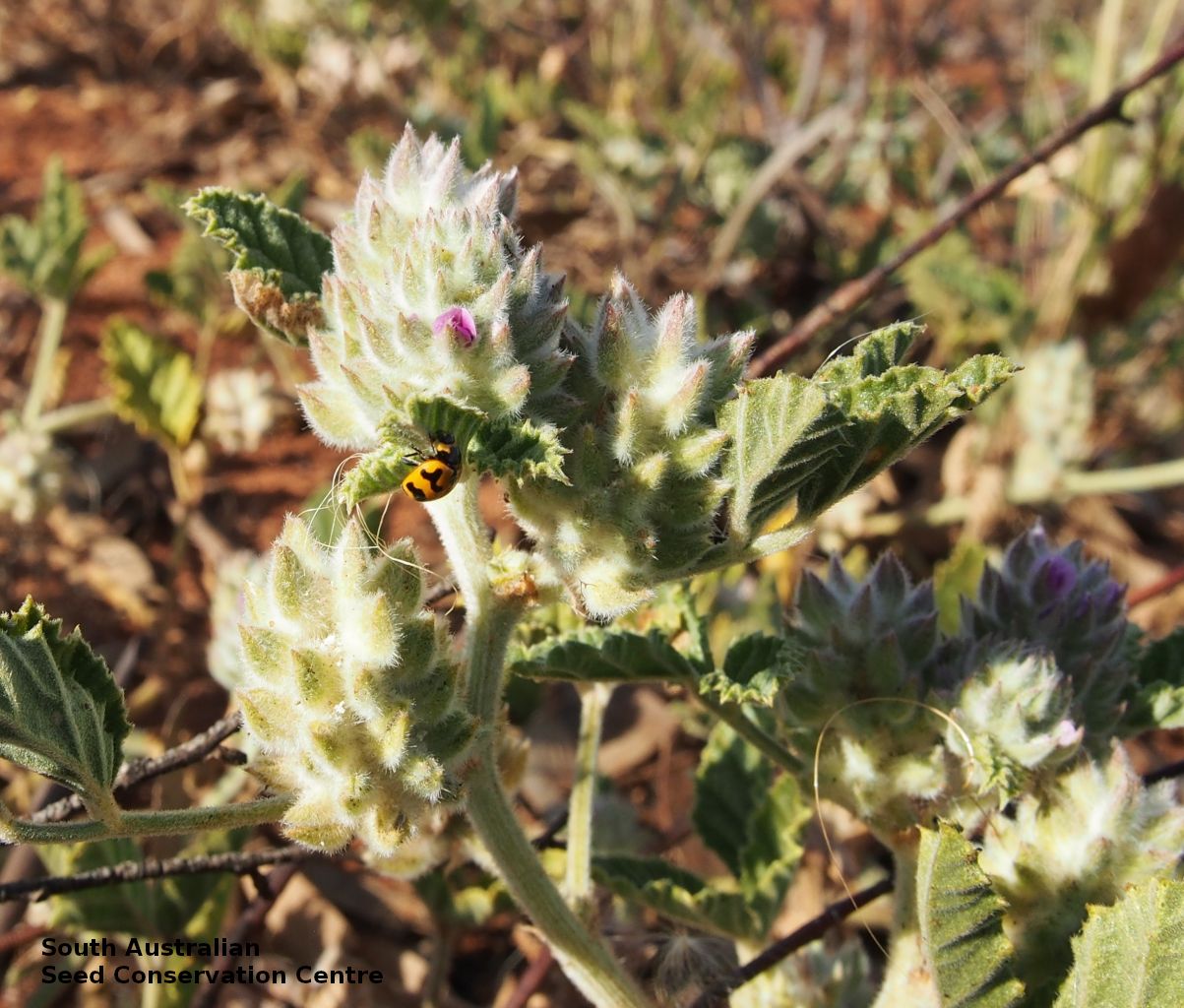
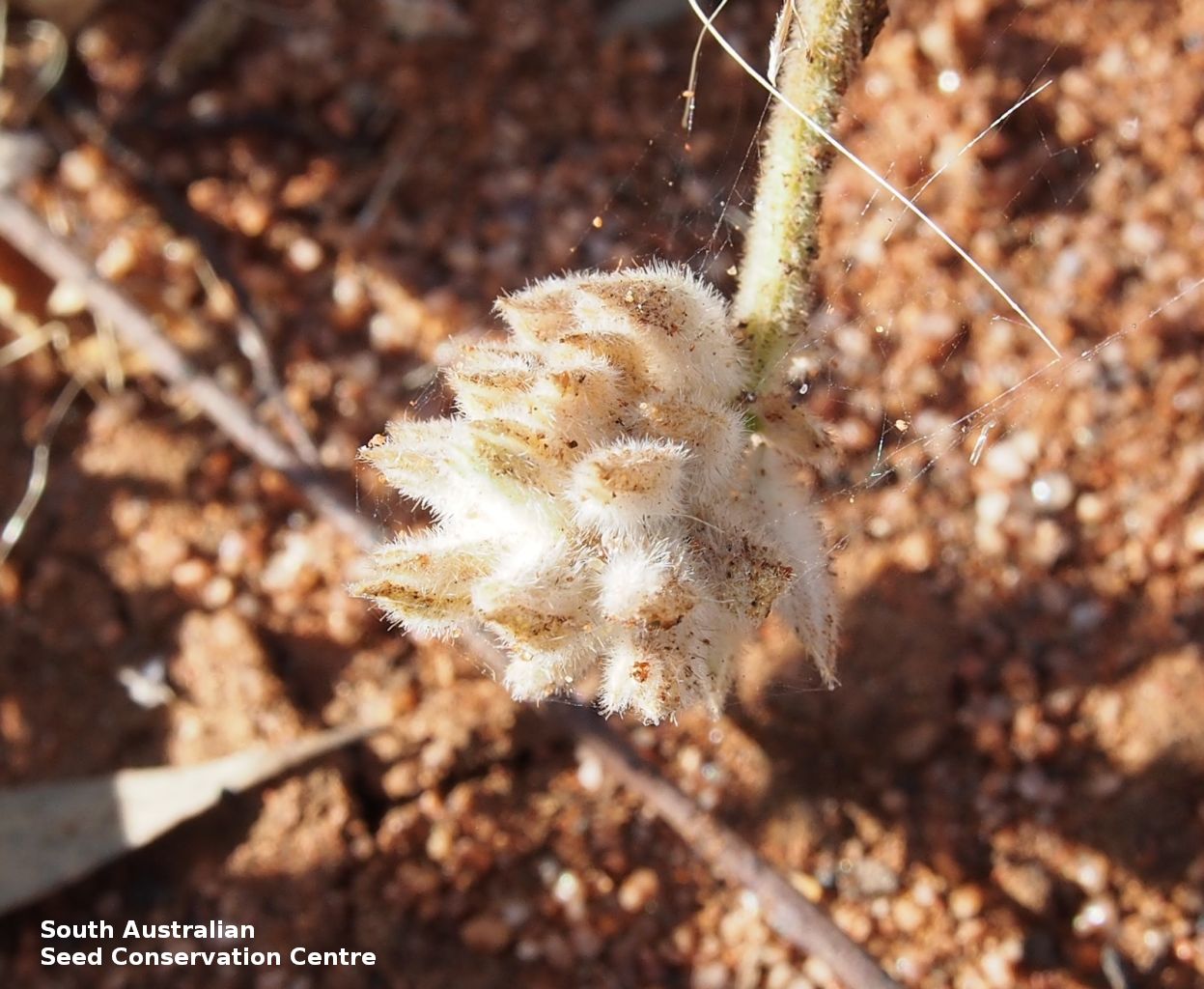
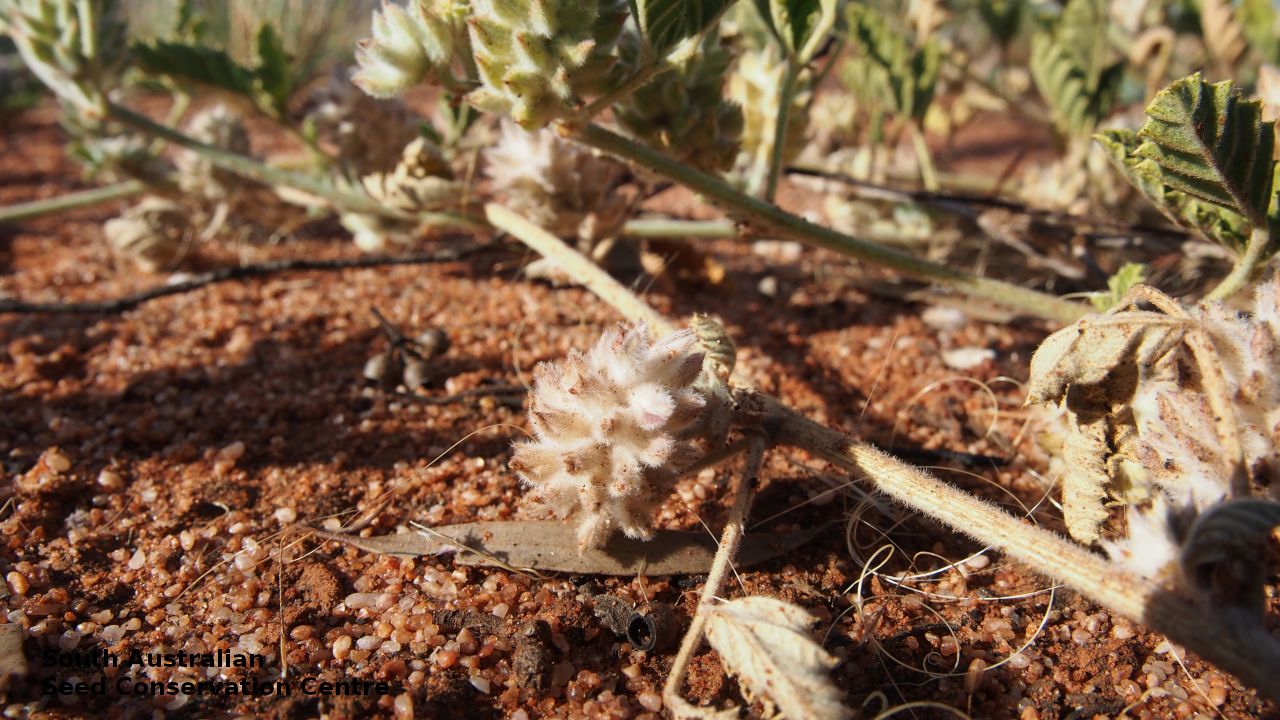
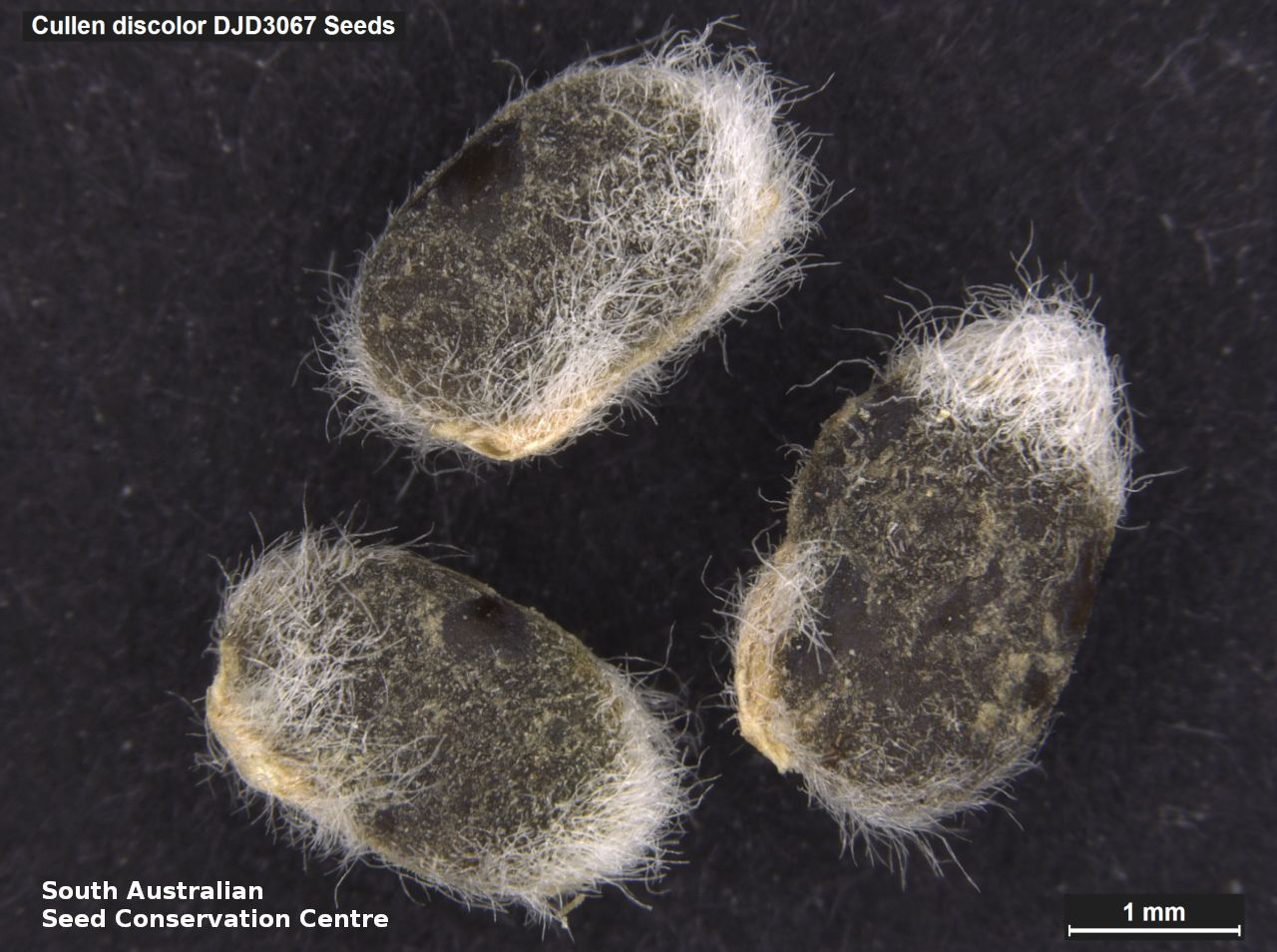
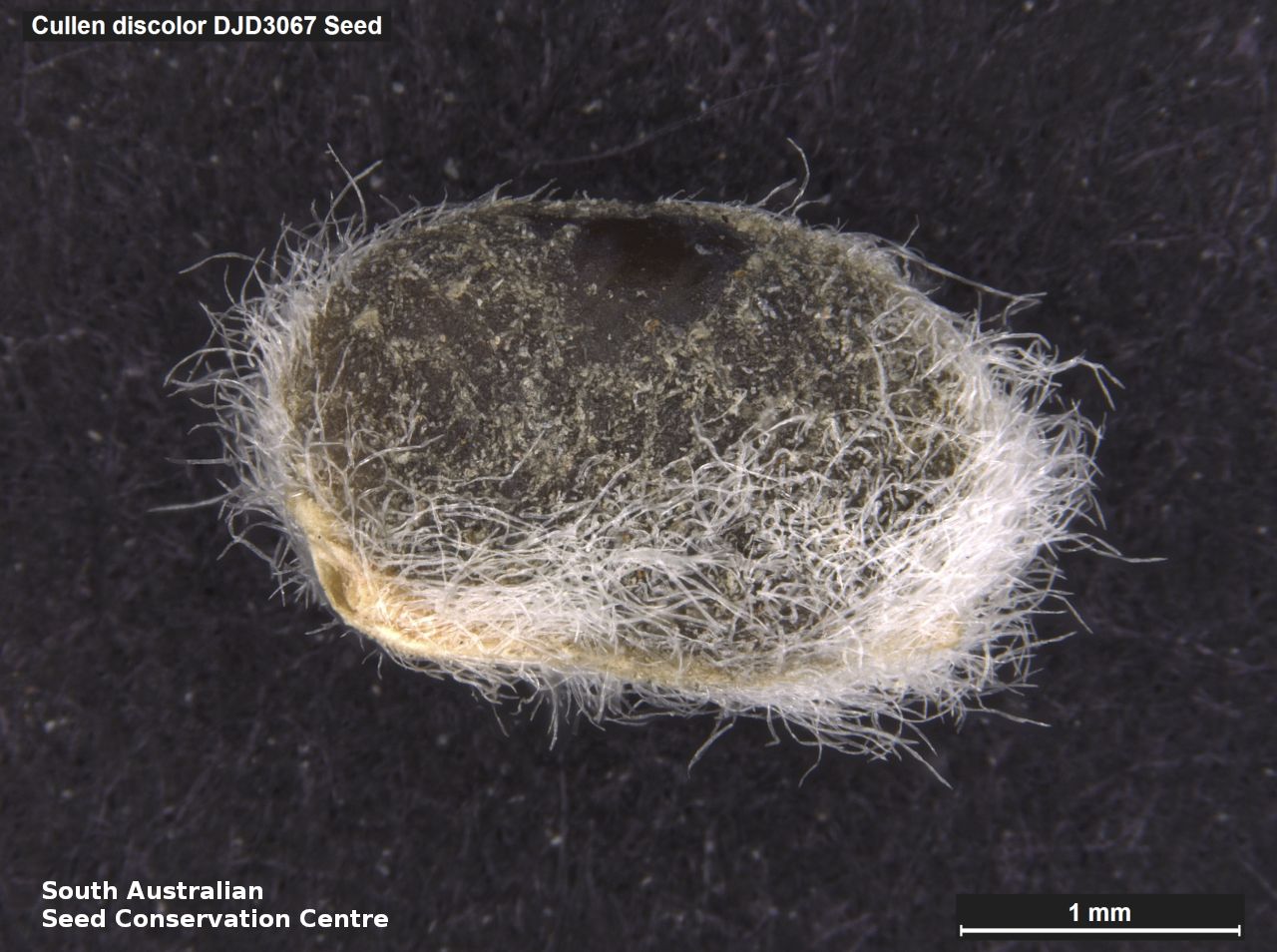

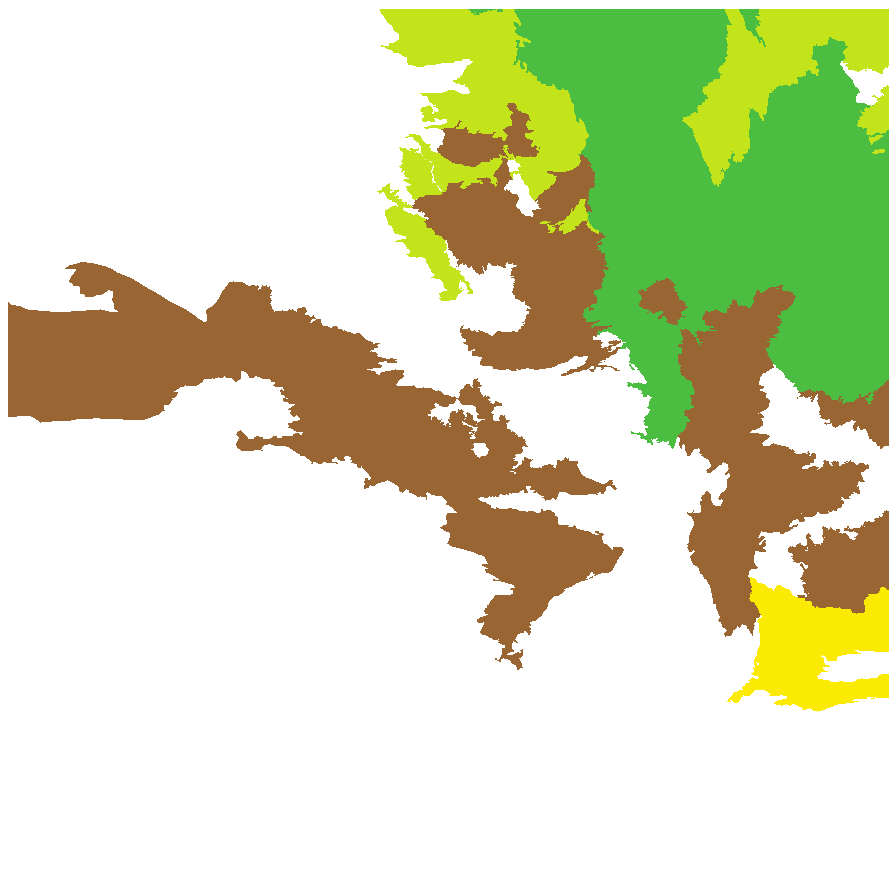
Botanical art
Prior names
Psoralea discolor
Common names
Scurf-pea
Prostrate Scurf-pea
White-flower Scurf-pea
Etymology
Cullen named after William Cullen (1710-1790), a Scottish physician and chemist who lectured at the University of Glasgow on botany, among other things . Discolor from Latin meaning different colours, alluding to the bi-coloured flowers.
Distribution and status
Found scattered across South Australia except on Yorke Peninsula, Kangaroo Island, Mount Lofty Ranges and the South-east growing on sandy soil. Also found in all mainland States. Native. Comon in South Australia. Rare in Victoria. Common in the other States.
Herbarium regions: North Western, Lake Eyre, Nullarbor, Gairdner-Torrens, Flinders Ranges, Eastern, Eyre Peninsula, Northern Lofty, Murray
NRM regions: Alinytjara Wilurara, Eyre Peninsula, Northern and Yorke, South Australian Arid Lands, South Australian Murray-Darling Basin
AVH map: SA distribution map (external link)
Plant description
Prostrate perennial herb usually with a greyish appearance, with stems to 1.5 m long; striate, grey-pubescent with glands not visible. Leaves pinnately trifoliate to 10 cm long. Leaflets more or less ovate to 5 cm long and 40 mm wide; upper surface glabrescent to grey-pubescent; lower surface usually more densely hairy with both surfaces dotted with glands; apices obtuse; margins irregularly toothed, undulate. Flower-spike to 8 cm long; peduncles mostly 2–26 mm long in early flower, with white with a purplish blotch on keel or rarely all purple pea-flowers in 2s or 3s. Flowering mainly between September and January. Fruits are brown ovoid pod, with one seed. Seeds are dark brown to black bean-shaped seed to 3.5 mm long and 2 mm wide, smooth surface with some hairs. . Seed embryo type is bent.
Seed collection and propagation
Collect seeds between September and March. Collect maturing pods, those that are fat, turning black and contain a brown seed inside, by running your hands along the fruit-spikes. Place the pods in a tray and leave to dry for 1 to 2 weeks or until the pods begin to split. Then rub the dried pods to dislodge the seeds. Use a sieve to separate any unwanted material. Store the seeds with a desiccant such as dried silica beads or dry rice, in an air tight container in a cool and dry place. From one collection, the seed viability was high, at 85%. This species has physical dormancy that needs to be overcome for the seed to germinate (e.g. nicking or softening the seed coat).
| Location | No. of seeds (weight grams) | Number of plants | Date collected | Collection number Collection location | Date stored | % Viability | Storage temperature |
|---|---|---|---|---|---|---|---|
| BGA | 10,400 (39.32 g) | 100+ | 27-Sep-2007 | MJT93 Lake Eyre | 19-Sep-2008 | 85% | -18°C |
| BGA | 12,020 (60.050 g) | 10+ | 14-Dec-2022 | DJD4159 Eyre Peninsula | 20-Jun-2023 | 95% | -18°C, -80°C |
Number of plants: This is the number of plants from which the seeds were collected.
Collection location: The Herbarium of South Australia's region name.
% Viability: Percentage of filled healthy seeds determined by a cut test or x-ray.